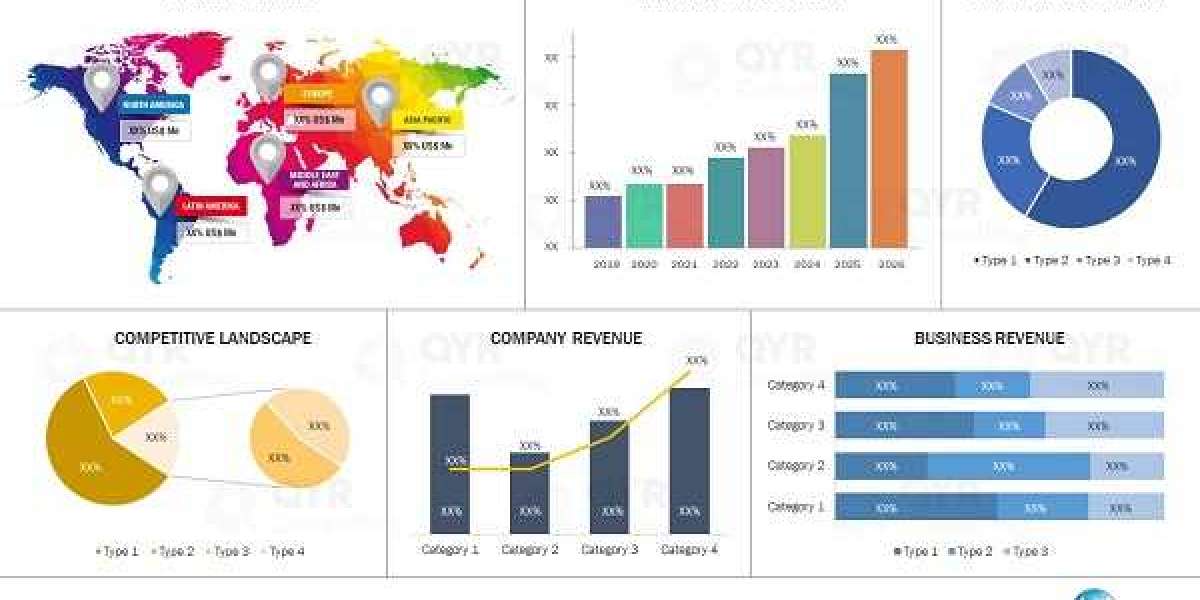Discover Chloe Tornow, Your Trusted Wedding Celebrant in Perth
When planning a wedding in Perth, one of the most important decisions you'll make is choosing the right person to officiate your ceremony. If you're looking for a truly personal, modern, and heartfelt experience, hiring a professional wedding celebrant in Perth can make all the difference. With so many couples seeking non-traditional, tailored ceremonies, celebrants are becoming the go-to choice. In this guide, we’ll take a deep dive into what a wedding celebrant does, why they’re different from other officiants, and why Chloe Tornow is quickly becoming a leading marriage celebrant in Perth.
What Is a Wedding Celebrant and What Do They Do?
A wedding celebrant is a qualified professional who can legally marry couples in Australia. Unlike religious or civil officiants, celebrants offer complete flexibility in how your ceremony is written, structured, and delivered. From storytelling to vow guidance, they ensure the entire experience reflects your journey, values, and vibe as a couple.
Why Choose a Wedding Celebrant in Perth?
Perth is known for its stunning beaches, nature reserves, and relaxed lifestyle—making it a beautiful place to tie the knot. Hiring a wedding celebrant in Perth means your ceremony can happen anywhere: from a clifftop overlooking the Indian Ocean to a backyard garden or winery in the Swan Valley. More than that, you’re working with someone who understands the local landscape and how to make your ceremony shine within it.
Why Chloe Tornow Is the Ideal Marriage Celebrant in Perth
Chloe Tornow Marriage Celebrant Perth is a name that’s quickly becoming synonymous with modern, relaxed, and deeply personal ceremonies. Chloe offers more than just legal expertise—she brings warmth, creativity, and an ability to connect with every couple she works with.
About Chloe
Chloe is known for her calm, inclusive approach. Whether you're eloping, planning a big celebration, or organizing a micro-wedding, she ensures the ceremony is genuinely "you"—not a cookie-cutter script. Her focus is on crafting unique, meaningful experiences that leave a lasting impression on everyone in attendance.
Service Packages
Chloe offers several ceremony options tailored to different types of weddings:
- Simply Official: For couples wanting a quick, no-fuss legal ceremony.
- Simply Official +: A short but meaningful ceremony with up to 10 guests.
- You and Me: Intimate and elegant, perfect for small groups up to 25.
- The Signature Ceremony: A fully personalized ceremony that tells your love story in a beautifully unique way.
- International Elopements: Ideal for couples heading abroad but wanting to complete the legal side in Australia.
What Makes Chloe Stand Out
- The Love Hub: An exclusive online planning space filled with tips, guides, and inspiration.
- Vow Writing Toolkit: Includes a guide and examples to help you write unforgettable vows.
- Warmth Professionalism: Chloe is highly praised for her calming presence and expert handling of all legal paperwork.
The Benefits of Choosing a Marriage Celebrant in Perth
Whether you’re a local couple or traveling from interstate to get married in Perth, there are plenty of reasons to choose a celebrant like Chloe:
- Flexibility: You choose the location, tone, and structure.
- Legal Compliance: From the Notice of Intended Marriage (NOIM) to the official certificate, everything is handled.
- Personalization: No two ceremonies are alike.
- Inclusive Language: Modern celebrants often reflect diverse and inclusive values.
- Peace of Mind: With Chloe, you can relax knowing your day is in experienced hands.
Real Couple Experiences
While every love story is different, a common thread among Chloe’s clients is their praise for her professionalism and down-to-earth nature. Couples love how she makes them feel at ease and truly heard. Whether they were planning a large celebration or a simple signing, Chloe delivered a ceremony that felt deeply personal and heartfelt.
FAQs: Wedding and Marriage Celebrants in Perth
Q: What’s the difference between a wedding celebrant and a marriage celebrant?
A: In Australia, they are often used interchangeably. A marriage celebrant is the official title for someone authorized to conduct legal weddings. A wedding celebrant focuses more broadly on ceremony creation, whether legal or symbolic.
Q: Can we meet before booking?
A: Absolutely. Most celebrants, including Chloe, offer a no-obligation chat to see if you click.
Q: Do celebrants handle all the legal paperwork?
A: Yes. Chloe ensures everything is submitted correctly, from the NOIM to post-wedding registration.
Q: Are celebrants religious?
A: No. A celebrant like Chloe offers non-religious, inclusive ceremonies. However, you can incorporate any cultural or spiritual elements you want.
Q: How early should we book a wedding celebrant in Perth?
A: 12–18 months in advance is ideal, especially for popular seasons like spring and autumn.
Final Thoughts
If you're searching for a wedding celebrant in Perth who brings professionalism, heart, and individuality to your special day, Chloe Tornow is the one to call. As a modern marriage celebrant in Perth, she offers more than just legal services—she delivers moments that you and your guests will cherish forever.
Ready to Create Your Ceremony?
Visit www.chloetornowcelebrant.com.au to learn more, explore packages, and schedule a free chat with Chloe. Your perfect Perth wedding starts here.











